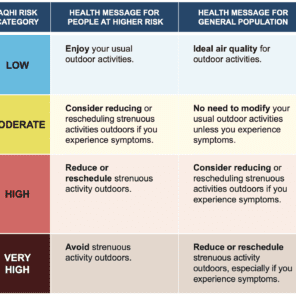Client: International Aluminium Institute
Listing of the client in no way affirms the client's support, sponsorship, or validation in any form of Risk Sciences International or the RSI staff member(s) who conducted this project during their stay with RSI or prior to joining the company. This case study is displayed for informative purposes only to demonstrate the capacity of RSI staff members. This case study reveals no proprietary information or information deemed sensitive.
Risk Communication on McIntyre Powder
In response to increasing public concern about the historical use of McIntyre Powder—an aluminum-based substance once administered to miners in Ontario to prevent silicosis—the client sought expert guidance on managing risk communication related to potential health implications. Widespread media coverage and advocacy had raised public awareness and intensified scrutiny, particularly about possible links between aluminum exposure and long-term respiratory and neurological conditions.
The client aimed to develop a communication strategy to address fears that narratives around McIntyre Powder might extend to general concerns about aluminum exposure in everyday contexts. They required a scientifically grounded yet publicly accessible approach to contextualize the historic use of the substance while maintaining confidence in current aluminum safety standards.
To support these goals, RSI proposed and delivered a multi-phase risk communication initiative. The work began with validation of key issues highlighted in public discourse, followed by the development of a strategic communication plan tailored to defined audiences. Web-based materials were crafted to reflect the agreed-upon messaging, with client and expert reviews informing multiple revisions. A focus group session tested the clarity and resonance of the messages, ensuring alignment with audience perceptions.
In addition to finalized web materials, RSI developed internal communication tools, including talking points and Q&A documents, to help stakeholders respond consistently and effectively to inquiries. These materials underwent expert review to ensure both technical accuracy and communication effectiveness.
Experts related to this case study
More RSI Case Studies
RSI presents a very small selection of case studies to highlight some of its key work.




















